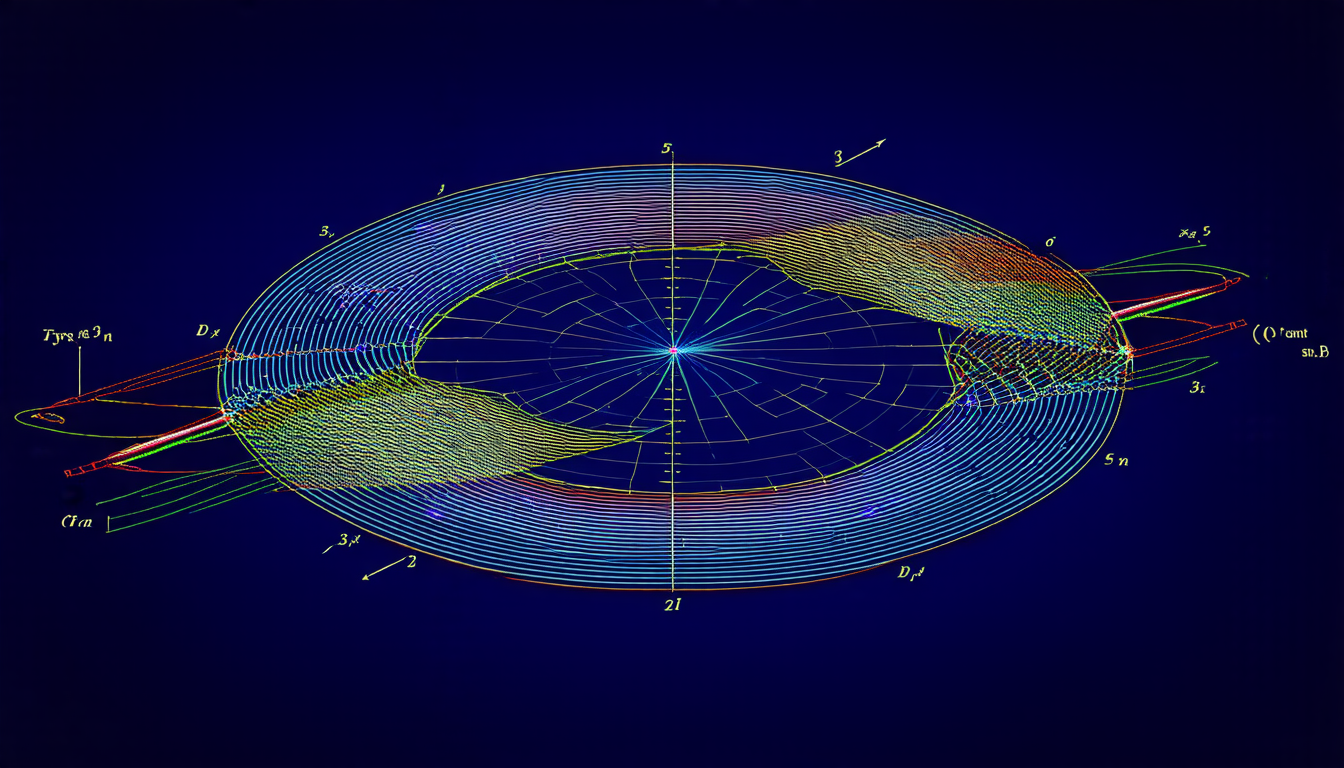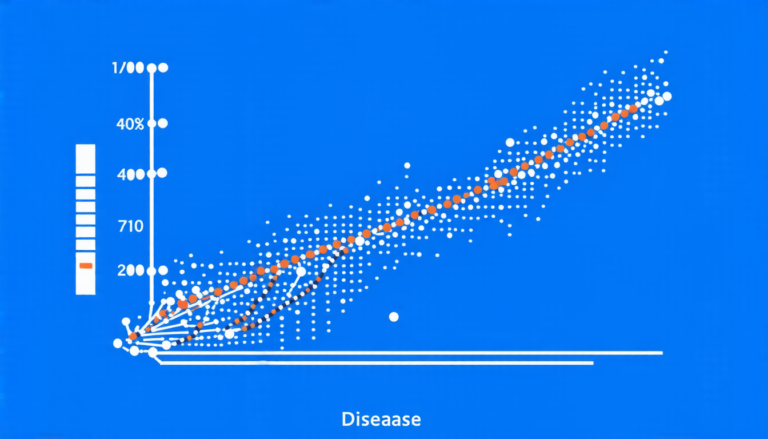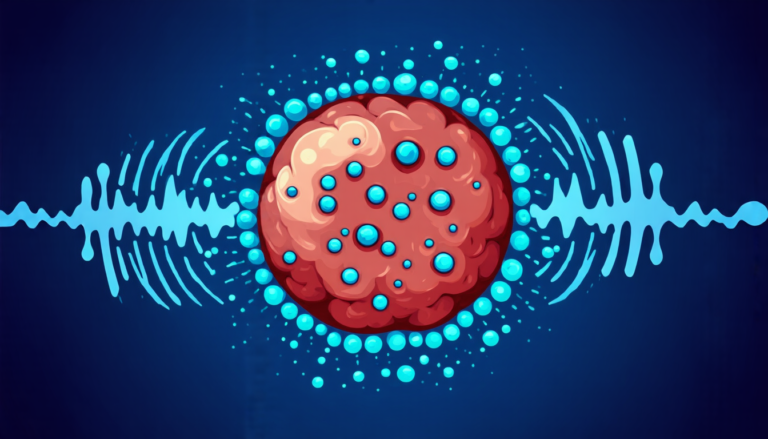Sunday 06 April 2025
Mathematicians have long been fascinated by the intricate properties of Riemann surfaces, those complex geometric objects that underlie many areas of mathematics and physics. Recently, a team of researchers has made significant progress in understanding the behavior of these surfaces when they are deformed through quasiconformal transformations.
Quasiconformal transformations are a way to distort or stretch a surface while preserving its overall shape. They are commonly used in areas such as computer graphics and image processing, where they enable the creation of smooth, continuous deformations between different shapes. In the context of Riemann surfaces, quasiconformal transformations play a crucial role in understanding their properties and behavior.
The team’s research focuses on the transmission of harmonic functions across quasicircles, which are closed curves that divide a surface into two distinct regions. Harmonic functions are mathematical objects that satisfy certain conditions, such as being continuous and having a well-defined derivative. In the context of Riemann surfaces, harmonic functions can be used to describe physical phenomena such as electrical currents or gravitational fields.
When a quasicircle is deformed through a quasiconformal transformation, the transmission of harmonic functions across it becomes more complex. The researchers have shown that this process can be understood in terms of a composition operator, which takes in a function on one side of the curve and outputs a new function on the other side.
This composition operator is central to the team’s research, as it enables them to study the behavior of harmonic functions under quasiconformal deformations. By analyzing this operator, they have been able to establish a number of important results, including the existence of a Banach isomorphism between certain spaces of harmonic functions.
The significance of these findings lies in their potential applications across various fields. For instance, they could be used to develop new algorithms for computer graphics and image processing, or to model complex physical systems such as those found in quantum mechanics. Additionally, the results could shed light on long-standing problems in mathematics, such as the classification of Riemann surfaces.
The researchers’ work is a testament to the power of mathematical abstraction, as they have been able to derive important insights from seemingly abstract concepts. Their findings demonstrate that even the most complex and esoteric areas of mathematics can hold hidden gems and practical applications, waiting to be uncovered by curious minds.
Cite this article: “Unraveling the Geometry of Weil-Petersson Curves in Higher Dimensions”, The Science Archive, 2025.
Riemann Surfaces, Quasiconformal Transformations, Harmonic Functions, Composition Operator, Banach Isomorphism, Computer Graphics, Image Processing, Quantum Mechanics, Mathematical Abstraction, Classification Of Riemann Surfaces.







